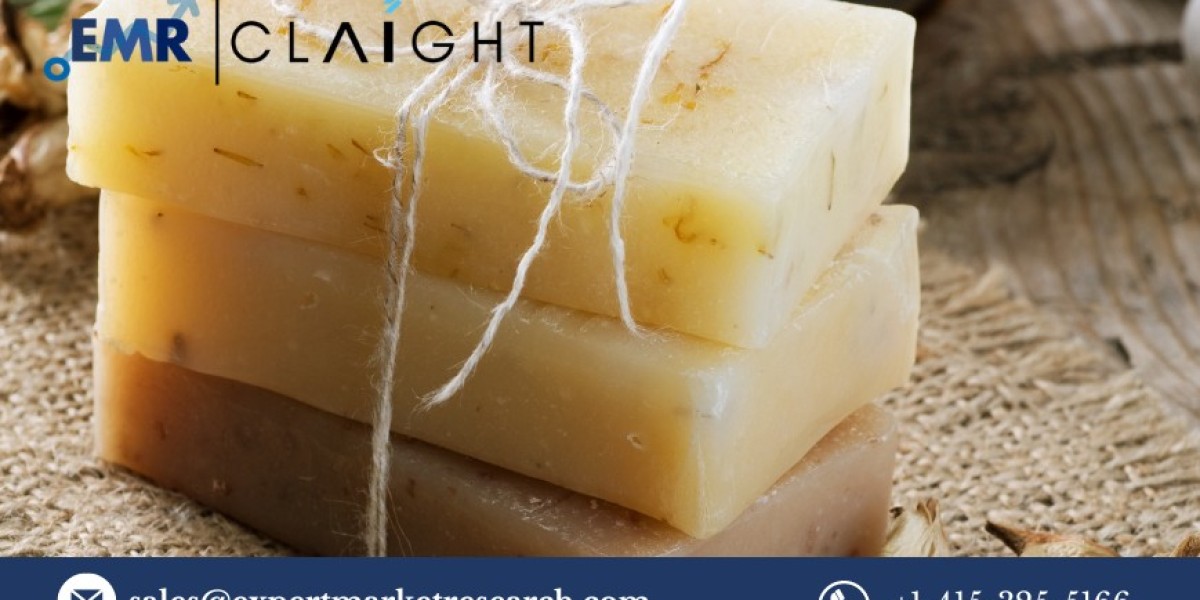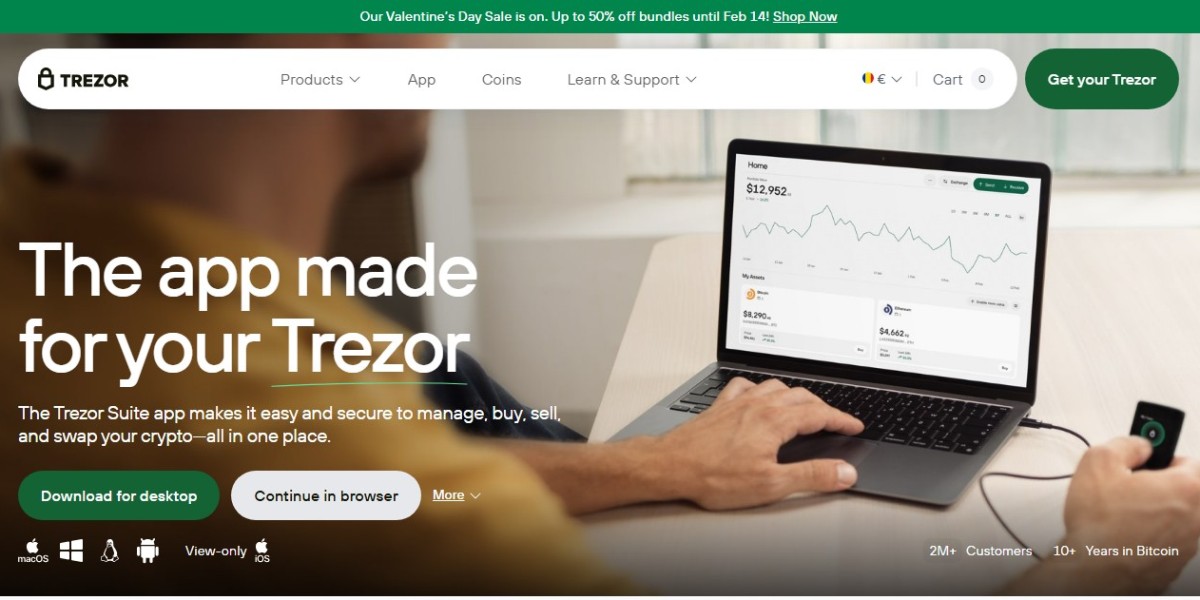The global bath soap market has seen robust growth, reaching a value of approximately USD 23.87 billion in 2023. This market is anticipated to expand at a compound annual growth rate (CAGR) of 4.7% from 2024 to 2032, ultimately reaching around USD 36.05 billion by 2032. The enduring appeal of bath soaps, despite the emergence of various alternatives, underscores their essential role in personal hygiene and daily routines worldwide.
Bath Soap Market Regional Insights
Asia Pacific: The Leading Market
The Asia Pacific region dominates the bath soap market, accounting for nearly 40% of the global industry. This region's prominence can be attributed to its large and growing population, which constitutes about 60% of the global populace. China and India are the primary contributors, with China accounting for 18% and India for 17.5% of the global population. By 2023, India is projected to surpass China as the most populous nation, which is expected to further drive the demand for bath soaps in the region. Additionally, the expanding retail sector in countries like India, which is the fourth-largest retail market globally and the third-largest in Asia, significantly supports market growth.
Western Europe and North America: Significant Markets
Western Europe and North America together represent about 45% of the global bath soap market. These regions benefit from high living standards, strong consumer awareness regarding personal hygiene, and well-established retail infrastructures. The mature nature of these markets means growth is steady, driven by product innovations and premium offerings.
Bath Soap Market Dynamics
Consolidation and Major Players
The global bath soap market is relatively consolidated, with the top three companies—Procter & Gamble Company, Unilever PLC, and Colgate-Palmolive Company—accounting for nearly 29% of the market. Procter & Gamble leads with a 15% share of global bath soap sales, maintaining its dominance through continuous innovation and extensive R&D investments. The introduction of novel products and formulations helps these companies retain their competitive edge and cater to evolving consumer preferences.
Increasing Foreign Direct Investment (FDI)
The influx of foreign direct investments, particularly in the Asia Pacific region, is providing additional momentum for market growth. Increased FDI facilitates the entry of international brands, enhances product availability, and fosters market competition, ultimately benefiting consumers through a wider array of choices and better pricing.
Product Segmentation and Consumer Preferences
Types and Forms
The bath soap market is bifurcated into organic and conventional types. Organic soaps, made from natural ingredients, are gaining popularity due to rising consumer awareness about the benefits of natural products and concerns over synthetic chemicals.
In terms of form, the market is divided into solid and liquid soaps. While solid soaps remain traditional favorites, liquid soaps are growing in demand due to their convenience and hygienic packaging.
Price Categories and End Users
Based on price, bath soaps are categorized into premium and mass segments. The premium segment, which includes high-end, luxury soaps, is expanding due to increasing disposable incomes and consumer inclination towards superior quality products. The mass segment, on the other hand, continues to thrive, driven by affordability and widespread accessibility.
End users of bath soaps include men, women, and babies. Each segment has specific needs and preferences, influencing product formulations and marketing strategies. For instance, baby soaps emphasize mildness and hypoallergenic properties, while products for men often highlight stronger fragrances and added moisturizers.
Distribution Channels
The distribution channels for bath soaps are diverse, including:
- Supermarkets and Hypermarkets
- Convenience Stores
- Pharmacies
- Specialty Stores
- Online Retail
- Others
Supermarkets and hypermarkets are the most popular channels due to their extensive reach and variety. However, online retail is rapidly gaining traction, offering convenience and a broader selection of products, often at competitive prices.
Bath Soap Market Drivers
Population Growth and Urbanization
The global population growth, particularly in urban areas, is a significant driver for the bath soap market. Urbanization leads to higher living standards and better access to personal care products, fueling the demand for bath soaps.
Rising Hygiene Awareness
Increased awareness about personal hygiene, driven by health education and marketing campaigns, significantly boosts the demand for bath soaps. The COVID-19 pandemic has further heightened this awareness, underscoring the importance of regular handwashing and cleanliness.
Product Diversification and Innovation
Continuous product diversification and innovation are vital for market growth. Consumers are increasingly seeking soaps with added benefits, such as moisturizing, anti-aging, and pollution protection properties. Fragrance variations and natural ingredient formulations are also popular trends.
Challenges and Restraints
Competition from Alternatives
The rising popularity of alternatives like shower gels, bath powders, and liquid body washes poses a challenge to the bath soap market. These products often offer additional benefits and convenience, appealing to a broad consumer base.
Environmental Concerns
Environmental concerns related to plastic packaging and chemical ingredients in bath soaps are becoming more prominent. Companies need to address these issues through sustainable practices, such as using biodegradable packaging and eco-friendly formulations.
Competitive Landscape
The competitive landscape of the bath soap market is characterized by strategic initiatives such as product launches, mergers and acquisitions, and capacity expansions. For instance, in April 2020, Procter & Gamble introduced water-free ‘swatches’ of soaps and detergents that foam upon the addition of water, significantly reducing water usage during production. Such innovations not only cater to consumer preferences but also address environmental concerns.
Key Players
The market features several key players, including:
- The Procter & Gamble Company
- Unilever Plc
- Colgate-Palmolive Company
- Forest Essentials
- Osmia Organics
- Beiersdorf AG
- Henkel AG & Co. KGaA
- L’occitane International SA
- L’Oreal S.A.
- Johnson & Johnson Services, Inc.
- Davines S.p.A.
- Others
These companies focus on enhancing their product portfolios, expanding their geographical presence, and engaging in strategic partnerships to strengthen their market positions.
The global bath soap market is poised for steady growth, driven by population dynamics, increasing hygiene awareness, and continuous product innovations. While the market faces challenges from alternative products and environmental concerns, the ongoing efforts by key players to innovate and adapt to changing consumer preferences will likely sustain the market's positive trajectory. As the industry evolves, companies that prioritize sustainability and cater to diverse consumer needs are expected to thrive.







